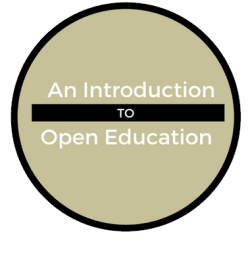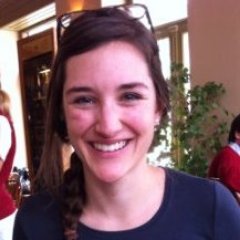Week 5 Open Ed MOOC – Research and impact

Research questions can be revealing. Areas of focus provide insight into how we define value. When we choose to invest time and money to pursue a question, we are declaring the outcome important before we even start. I did a command F search on the Open Education Group OER research page to see if Stephen Downes was blowing smoke about the narrow focus of past research. He says it’s skewed towards grades and outcomes. This very unscientific test suggests that he’s not off base:
- the word “grade” appeared 16 times
- the word “exam” appeared 27 times
- the word “test” appeared 10 times
- the word “drop” appeared 7 times
I’m with Stephen on this. It may be the lingering effects of Jesse Stommel’s recent declaration on why he doesn’t grade. It may be the influence of the Ontario students pursuing the Exponential Learning project in our SXD Lab. Either way, at best, this is an unnecessarily narrow definition of value. And, this is on top of the fact that open education research is being pursued in disparate zones. Martin Weller illustrated this beautifully in his recent post Mapping the Open Education Landscape.
Re-defining value in open education
So how does future open education research define value?
I am curious about the current research David Wiley described: a comparision between experience of an educator involved in the design or curation and one who adopts directly. I will be very surprised if there is no correlation between direct involvement and a deeper experience. Have you ever had a conversation with Robin DeRosa!? But again, history repeats itself. The bottom line of this research is the difference in student outcomes (read: grades) in these two scenarios.
At eCampusOntario, we have something called the Student Experience Design Lab. The lab was developed by a group of Ontario students and the mantra that they chose is so revealing. Their work is to design purposeful learning for a meaningful life.
Education is about so much more than grades. Our students know that. So let’s take their lead and meet them where it matters. This is our challenge as the next generation of open education researchers.
And, this conversation needs to start with a shared understanding of values. The values are not an add-on. Our values are the foundation. The 5 Rs are the tools we use to live those values everyday. Open is a way of doing everything. This is our open education house.
So … roommates?








